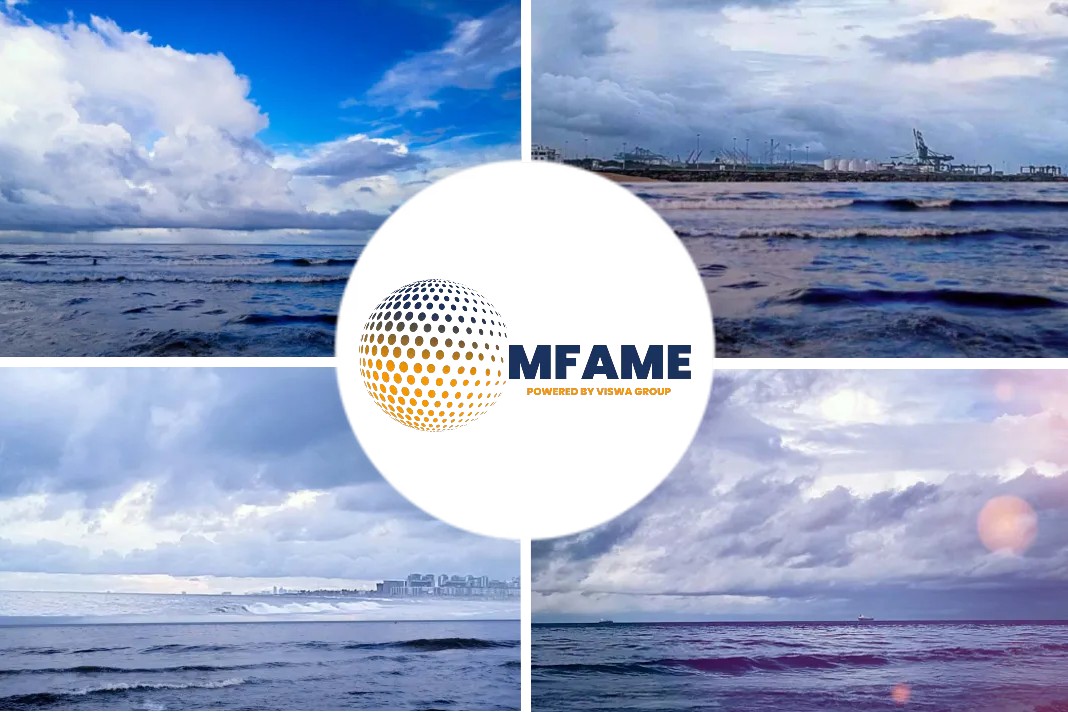Following a spike in orders for newbuild vessels with LNG-burning engines, Survitec’s Maritime Protection brand has seen a large increase in orders for Inert Gas (IG) systems over the previous two years.
Safe fuel system
The worldwide shipping industry’s efforts to satisfy decarbonization goals by switching from highly polluting heavy fuel oil (HFO) to other, cleaner marine fuels are partially to blame for this rise.
Currently, dual-fuelled gas ships that use either LNG alone or LNG and conventional fuel together make up around 35% of the global order book. An inert gas system must be installed in these engines to stop the accumulation of extremely combustible gases.
“If the ship doesn’t have any oil or gas cargo tanks, which require a fixed CO2-based system to deal with the bigger volume, a tiny N2 inert gas system is needed to make the fuel system safe,” said Bernt Øhrn, general manager of Maritime Protection.
Continued demand
Over the next two decades, there will likely be a continued demand for natural gas as a marine fuel because the sector sees it as a crucial step toward decarbonization.
The increased orders for IG are proof of this, according to Øhrn. “We are witnessing a strong push for new builds powered by alternative fuels that can handle the new emissions criteria.” However, shipowners are also changing topsides to make room for LNG fuel tanks, which is leading to an increase in engine conversions and retrofits.
“Although just one in three new ships is LNG-powered, all types of shipowners are starting to regard dual-fuel or gas engines as the future.”
Technological development
Analysts expect that orders for dual-fuelled ships will rise by 25% in 2023 and by 50% in 2025, according to Øhrn.
“With the need to further reduce the impact of ship operations on the marine environment, the speed of technological development will see the adoption of other alternative fuels, particularly ammonia and hydrogen,” said Øhrn, noting that Survitec is engaged in numerous businesses and academic research projects looking into how to make such fuels safe.
According to Øhrn, ammonia will become more significant but will need considerably larger fuel tanks, and the safety of a ship powered by hydrogen is likely to be problematic.
Opportunities and challenges
“High rates of oxygen and hydrogen mixing can be harmful. We are working on strategies to inert a hydrogen fuel cell’s exhaust side outside of the ship. Since nitrogen could evaporate when in touch with colder hydrogen, it’s probable that helium is the only inert gas that can be used. Helium has the drawbacks of being both a limited resource and expensive.”
Whatever the fuel used by the fleet of the future, Survitec is assisting the industry in moving toward sustainable marine practices. This is why Survitec’s new Head Start project was developed to aid vessel owners and operators in navigating these fresh obstacles securely.
As a considerable number of new vessels are being built or are being refitted to run on alternative fuels, “we recognise the opportunities and challenges the sector will confront in the next years,” said Øhrn. “We are developing methods to guarantee operations are safe regardless of the fuel,”
Did you subscribe to our newsletter?
It’s free! Click here to subscribe!
Source: Survitec






















